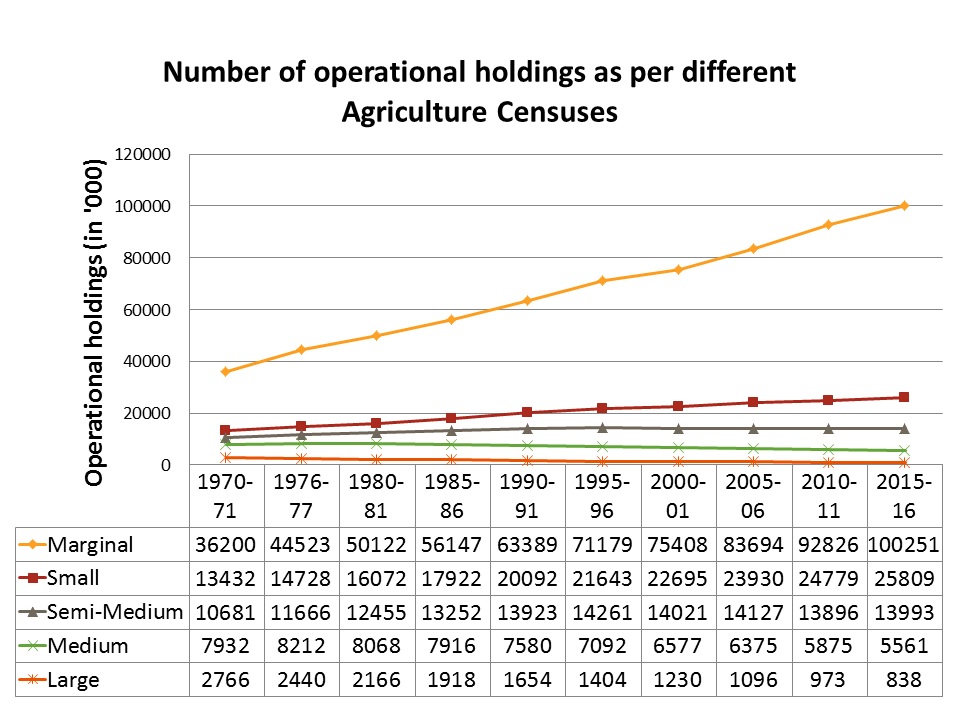900 319 0030
enquiry@shankarias.in
Farmers in Punjab and Haryana are completely dependent on cereal crops such as paddy and wheat that poses huge threat to the ecosysytem and nutrition security.
As per the latest Situation Assessment Survey (SAS) of agricultural households conducted by the National Statistical Office (NSO), an average Indian farmer earned Rs 10,218 per month in 2018-19.
The Department of Agriculture, Co-operation and Farmers Welfare conducts agriculture census every five years.
It has been conducted since 1970-71 following broad guidelines of decennial World Census of Agriculture (WCA) evolved by FAO.
It is a Central Sector Plan Scheme and so far 10 censuses have been conducted in the country.

Reference